Paris, France is divided into 20 administrative districts known as arrondissements, which are arranged in a clockwise spiral starting from the city center. Each arrondissement has its own unique character and charm, and many are home to iconic landmarks, historic sites, and vibrant neighborhoods. Here’s a brief description of each arrondissement:
1st Arrondissement (1er): This is the heart of Paris and home to famous attractions like the Louvre Museum and the Palais Royal. It’s a central hub for shopping, dining, and sightseeing.
2nd Arrondissement (2e): The 2nd is a bustling business district with a mix of historic architecture and modern office buildings. It’s known for the trendy Rue Montorgueil with its vibrant food scene.
3rd Arrondissement (3e): Le Marais is the heart of the 3rd, a historic district filled with narrow, winding streets, art galleries, boutiques, and a vibrant LGBTQ+ community.
4th Arrondissement (4e): The 4th encompasses the Île de la Cité, where you’ll find the Notre-Dame Cathedral, and the Île Saint-Louis. This area is known for its charming old-world feel.
5th Arrondissement (5e): The Latin Quarter is famous for its intellectual and academic atmosphere due to its proximity to the Sorbonne University. It’s also home to the Panthéon and the lively Rue Mouffetard.
6th Arrondissement (6e): Saint-Germain-des-Prés is an iconic Parisian neighborhood known for its historic cafes, art galleries, and the beautiful Luxembourg Gardens.
7th Arrondissement (7e): This district is home to the Eiffel Tower, Hôtel des Invalides, and various government buildings. It’s an upscale residential area with beautiful views of the Seine River.
8th Arrondissement (8e): The 8th is known for luxury shopping on the Champs-Élysées, the Arc de Triomphe, and numerous upscale hotels and restaurants.
9th Arrondissement (9e): This district features the lively Opéra Garnier, the shopping district of Grands Boulevards, and the vibrant neighborhood of Pigalle.
10th Arrondissement (10e): The 10th is a diverse area with a mix of cultures and communities. It’s known for the bustling Gare du Nord train station and the Canal Saint-Martin.
11th Arrondissement (11e): A trendy and youthful district known for its nightlife, the 11th is filled with bars, restaurants, and live music venues.
12th Arrondissement (12e): The 12th is home to the beautiful Bois de Vincennes park, as well as the Gare de Lyon train station. It’s a more residential area with green spaces.
13th Arrondissement (13e): The 13th is known for its modern architecture, the Bibliothèque François Mitterrand, and a large Asian community, making it a great place for international cuisine.
14th Arrondissement (14e): Montparnasse is located in the 14th and is known for its historic connections to art and literature, as well as the Montparnasse Tower.
15th Arrondissement (15e): This is a largely residential district with a quiet atmosphere and green spaces like Parc André-Citroën.
16th Arrondissement (16e): An affluent neighborhood with beautiful Haussmannian architecture, the 16th is home to museums like the Musée Marmottan Monet and the Palais de Tokyo.
17th Arrondissement (17e): This area features the pleasant Parc Monceau and is a more residential district with a mix of restaurants and shops.
18th Arrondissement (18e): Montmartre, in the 18th, is famous for its artistic history, the Basilica of the Sacré-Cœur, and a vibrant street culture.
19th Arrondissement (19e): The 19th includes the Parc des Buttes-Chaumont, the Cité des Sciences et de l’Industrie, and a mix of residential neighborhoods.
20th Arrondissement (20e): Known for its diverse population, the 20th is home to Père Lachaise Cemetery and the trendy Ménilmontant neighborhood.
Each arrondissement in Paris offers a unique experience, from historical landmarks to vibrant neighborhoods and a variety of cultural and culinary delights. Whether you’re interested in art, history, food, or simply soaking up the atmosphere, there’s something to discover in each district.

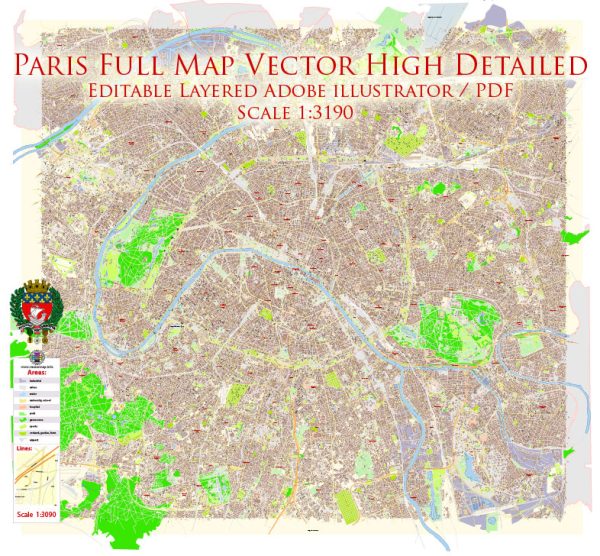

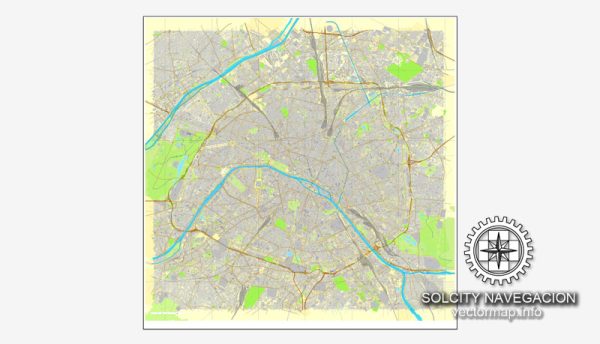
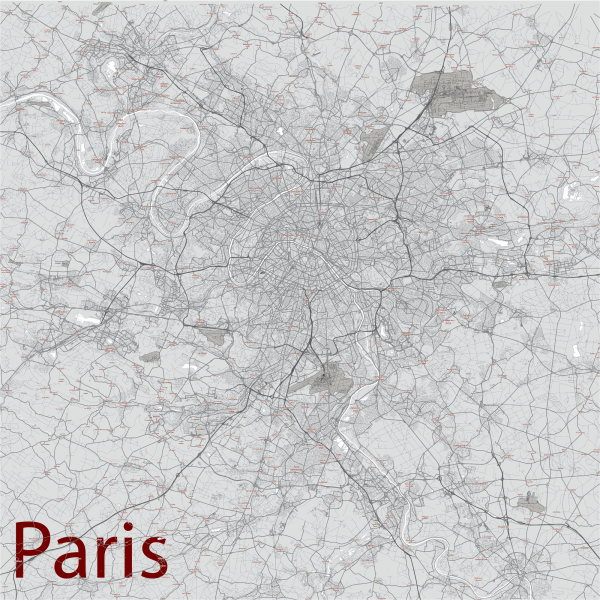
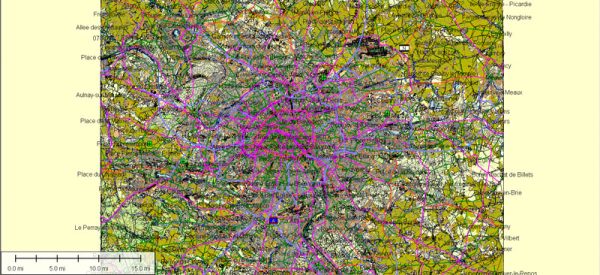
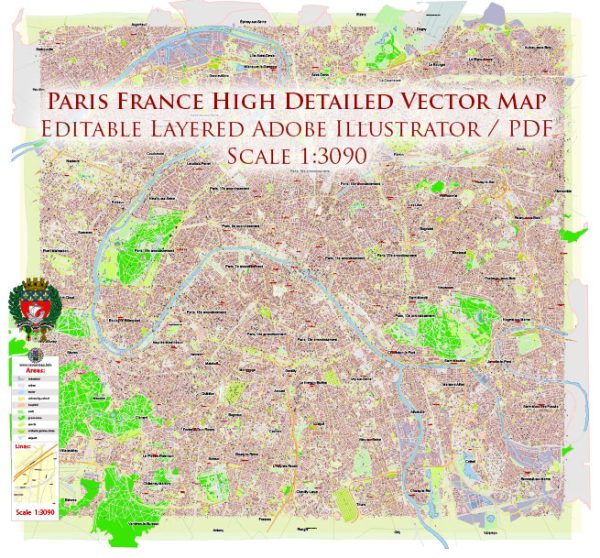
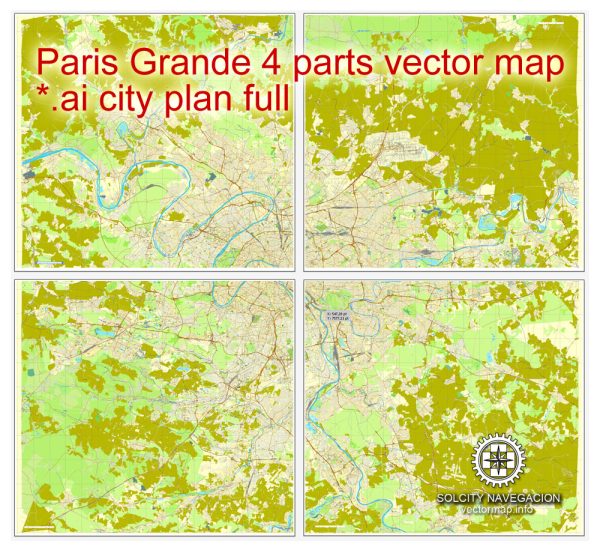
 Author: Kirill Shrayber, Ph.D.
Author: Kirill Shrayber, Ph.D.